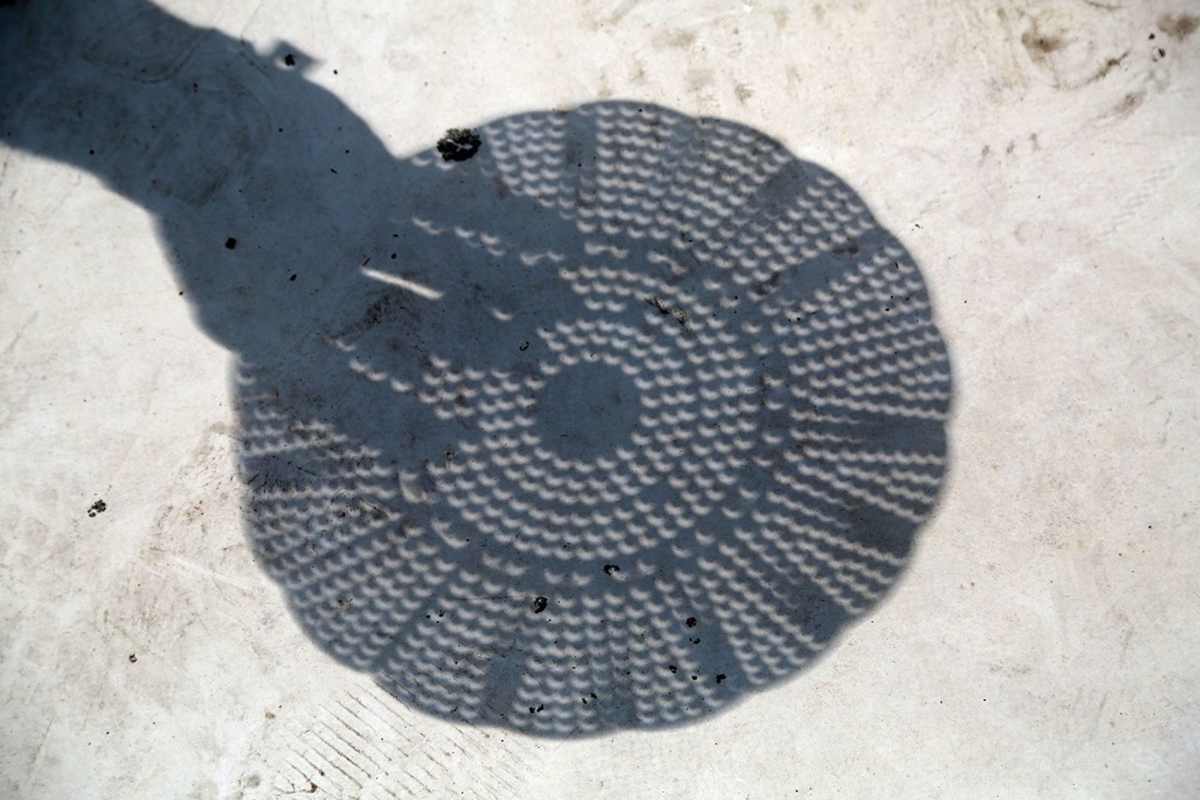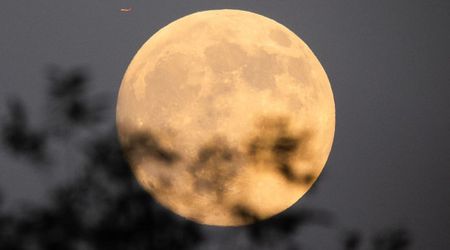2025 partial solar eclipse: When and how to watch the astronomical phenomenon on September 21

Stargazers in the Southern Hemisphere, including parts of the Pacific Ocean, New Zealand, and Antarctica, are preparing for a partial solar eclipse set to occur on September 21. This astronomical event, where the Moon will partially obscure the Sun, is expected to reach its peak at 3:43 p.m. EDT (19:43 GMT), as per NASA.

The eclipse is a part of a larger, recurring celestial cycle known as the Saros cycle, which spans roughly 18 years and 11 days. Each eclipse is a member of a specific Saros series, and its magnitude, the fraction of the sun's diameter that is blocked, is carefully calculated by astronomers. While this particular event is a partial eclipse, others in the Saros cycle can be total, annular, or a rare hybrid of the two.
For those interested in the science behind these phenomena, detailed records of eclipses are kept, including the precise Terrestrial Dynamical Time when the Moon's shadow is closest to Earth's center. This data helps experts track and predict these events, providing a roadmap for observers to know exactly where and when to look.

The upcoming eclipse will be visible across a wide expanse of the Southern Hemisphere. Viewers in New Zealand, Australia, Fiji, and Tonga will have a prime opportunity to witness the event, according to Time and Date. The partial eclipse will also be visible from American Samoa, the Cook Islands, French Polynesia, Kiribati, and other Pacific islands, including Tokelau, Tuvalu, and Wallis and Futuna. Additionally, regions in Antarctica and the Solomon Islands, Vanuatu, and New Caledonia will experience a partial view of the celestial spectacle.

Safety is paramount when viewing a solar eclipse. Unlike a total solar eclipse, where there is a brief moment of complete darkness, a partial eclipse never fully blocks the Sun's light, per NASA. Therefore, it is never safe to look directly at the Sun without proper eye protection. Looking at any part of the Sun, even during a partial eclipse, can cause severe and immediate eye injury. Observers must use specialized solar viewing glasses, often called "eclipse glasses," which are thousands of times darker than standard sunglasses, and must comply with the international ISO 12312-2 standard. Regular sunglasses are not a safe substitute.

It is also critical to inspect your solar viewers for any scratches or damage before use. If you are supervising children, ensure they are using the glasses correctly at all times. Never look at the Sun through a camera lens, binoculars, or a telescope without a certified solar filter securely attached to the front of the device. Viewing through an optical device while wearing eclipse glasses is also extremely dangerous, as the concentrated rays can burn through the filter and cause serious eye damage.

For those without proper glasses, an indirect viewing method is the safest option. A simple pinhole projector, made from an index card, can be used to project an image of the Sun onto a nearby surface. Remember, you must keep your back to the Sun and view only the projected image; never look directly through the pinhole.









